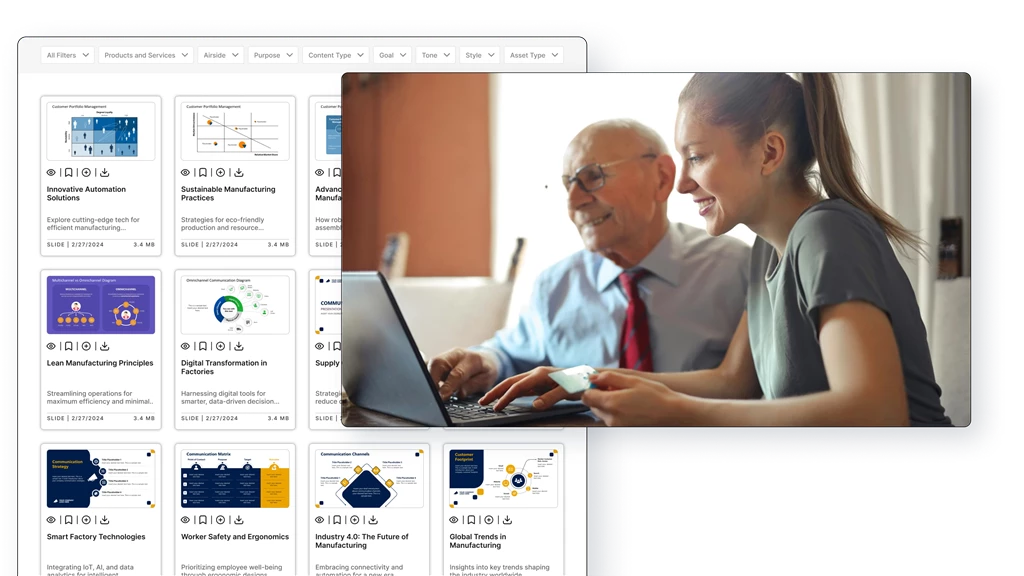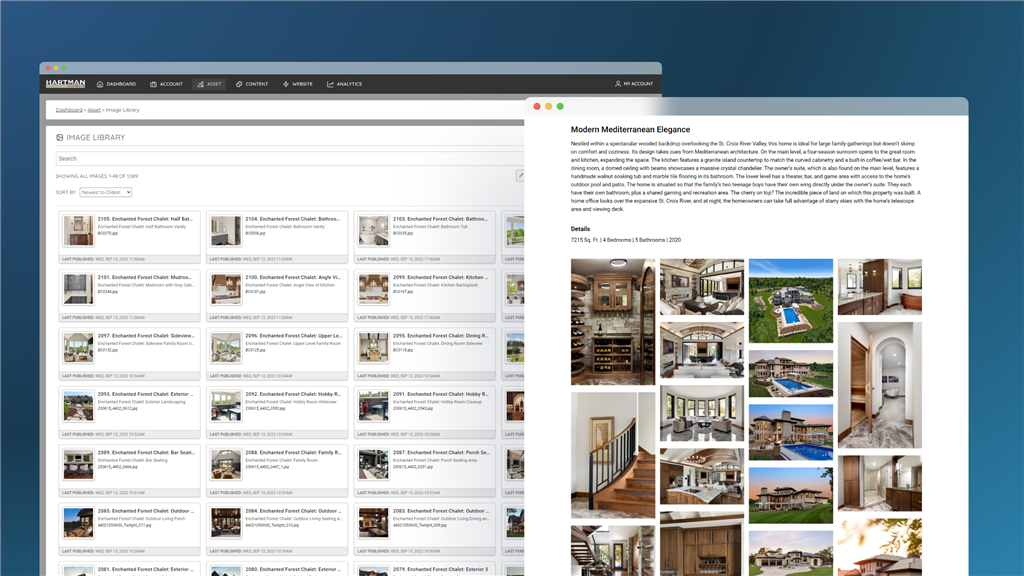1. Understand Your Audience
The first step in implementing omnichannel marketing is gaining a deep understanding of your audience. You need to know who your customers are, what they want, and how they prefer to interact with your brand.
- Customer Research: Conduct thorough research to gather data on your audience’s demographics, behaviors, preferences, and pain points. Use surveys, interviews, and analytics tools to collect this information.
- Create Customer Personas: Develop detailed customer personas that represent different segments of your audience. These personas should include information like age, gender, income level, interests, preferred communication channels, and buying behaviors.
2. Map the Customer Journey
Once you have a clear understanding of your audience, the next step is to map out the customer journey. This involves identifying all the touchpoints where customers interact with your brand, from the first point of contact to the final purchase and beyond.
- Identify Touchpoints: List all the possible channels and touchpoints your customers use, including your website, social media, email, mobile apps, physical stores, customer service, and more.
- Journey Mapping: Create a visual map that outlines the steps customers take as they move through the buying process. Identify key moments of decision-making and potential pain points where customers might drop off.
3. Integrate Your Channels
A key aspect of omnichannel marketing is ensuring that all your channels are integrated and work together seamlessly. This means that your messaging, branding, and customer data should be consistent across all platforms.
- Unified Brand Messaging: Ensure that your brand’s voice, tone, and messaging are consistent across all channels. This creates a cohesive experience for customers, no matter where they encounter your brand.
- Centralized Customer Data: Use a Customer Relationship Management (CRM) system to centralize customer data from all channels. This allows you to track customer interactions and preferences, providing a complete view of the customer journey.
4. Personalize the Customer Experience
Personalization is a critical component of successful omnichannel marketing. Customers expect relevant, tailored experiences based on their previous interactions with your brand.
- Data-Driven Personalization: Leverage the data you’ve collected to personalize marketing messages, product recommendations, and offers based on individual customer preferences and behaviors.
- Dynamic Content: Use dynamic content in emails, websites, and ads that change based on the viewer’s profile, location, or past interactions with your brand.
5. Optimize for Mobile
With the increasing use of smartphones and tablets, optimizing your marketing efforts for mobile devices is essential. Mobile optimization ensures that your content is accessible and user-friendly across all devices.
- Responsive Design: Ensure your website and emails are mobile-responsive, meaning they adjust to fit any screen size without sacrificing usability.
- Mobile Apps: If applicable, develop and maintain a mobile app that provides a smooth and engaging user experience. Ensure that the app integrates seamlessly with your other channels.
6. Implement Cross-Channel Campaigns
Cross-channel campaigns are a key element of omnichannel marketing, allowing you to engage customers across multiple platforms with a unified message.
- Coordinated Campaigns: Develop marketing campaigns that run simultaneously across various channels, such as social media, email, and in-store promotions. Ensure that each channel complements the others and drives customers toward a common goal.
- Channel-Specific Strategies: Tailor your approach for each channel while maintaining the overall campaign theme. For example, your social media content might focus on engagement and community building, while your email marketing drives conversions.
7. Utilize Marketing Automation
Marketing automation tools can help streamline your omnichannel efforts by automating repetitive tasks, managing campaigns across multiple channels, and providing insights into customer behavior.
- Automated Workflows: Set up automated workflows for tasks like email marketing, social media posting, and customer segmentation. Automation ensures that your marketing efforts are consistent and timely across all channels.
- Behavioral Triggers: Use automation to trigger personalized messages or offers based on customer behavior, such as abandoning a shopping cart or browsing specific products.
8. Measure and Analyze Performance
To ensure your omnichannel marketing strategy is effective, it’s important to continuously measure and analyze its performance. This helps you identify what’s working, what’s not, and where improvements can be made.
- Key Performance Indicators (KPIs): Define KPIs that align with your business goals, such as customer engagement, conversion rates, average order value, and customer lifetime value.
- Analytics Tools: Use analytics tools to track performance across all channels. Monitor metrics like website traffic, email open rates, social media engagement, and in-store visits.
- Customer Feedback: Regularly collect and analyze customer feedback to understand their experiences and perceptions of your brand across different channels.
9. Continuously Improve and Adapt
The digital landscape is constantly evolving, and so should your omnichannel marketing strategy. Continuously refining your approach based on data and feedback ensures that you stay ahead of the competition and meet changing customer expectations.
- A/B Testing: Regularly conduct A/B testing to experiment with different strategies, messaging, and formats across channels. Use the results to optimize your campaigns.
- Stay Updated: Keep up with industry trends and emerging technologies that can enhance your omnichannel strategy, such as artificial intelligence, chatbots, and voice search.
- Iterative Improvement: Use the insights gained from your analytics and testing to make iterative improvements to your campaigns. This ongoing process helps you stay agile and responsive to customer needs.



